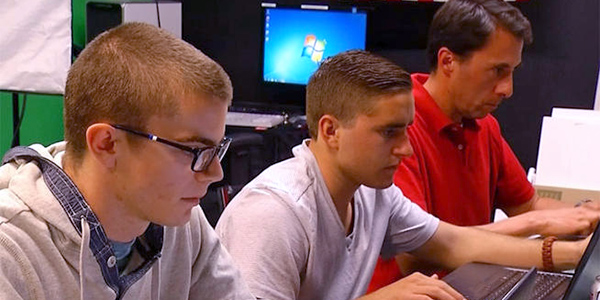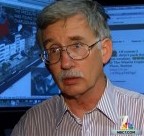
By NICOLE GONZALES and R. STICKNEY
NBCSanDiego.com
Immediately after the bombings at the Boston Marathon finish line, students at San Diego State University were already trying to solve the case. “Within two minutes of when it happened we were already working on it,” said Eric Frost, Director of the SDSU Visualization Center or as it’s popularly known, the “Viz Center.”
Frost and other homeland security experts work at the lab teaching students how to make sense of digital data, such as pictures, video and social media posts.
Since Monday, Frost has been in contact with investigators across the U.S. who need help. In this case, he and his students are trying to pinpoint the Boston bombing suspects. “We categorize things by time and location and then content. If you’re used to doing that, this is just making a pattern. Looking for Waldo in the pattern,” Frost said.
The Viz Center specializes in organizing and delivering geospatial data a sophisticated way of connect-the-dots. Frost said the private sector as well as academic institutes are far ahead of law enforcement in this type of research mostly due to privacy concerns.

Professor Eric Frost
“It’s a neat thing that the government is asking the public for help,” Frost said. “Universities are by far our best, quietly in the background helping and not in the limelight,” he said. For students, this is the ultimate training and reward.
Graduate student Justin Freiler immediately jumped on social media after the bombings to see the video and images being shared. By comparing images from random people and angles, he said the team can coordinate a person and determine their location and movements. Everything is time stamped so it can be put together as a puzzle, Freiler said. “You not only want to help them but their families and the people affected at that moment. It’s really nice to bring something to the table and justice faster,” he said.
Frost and the Viz Center have worked with federal officials, emergency responders and the U.S. military for years. They work on projects ranging from border tunnels to tsunami and hurricane response.

